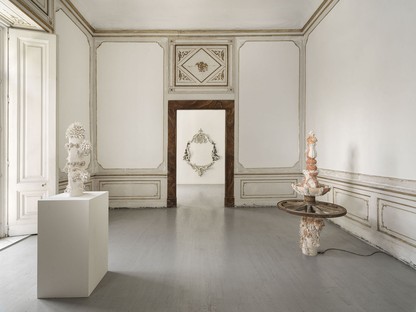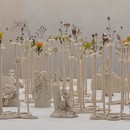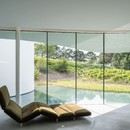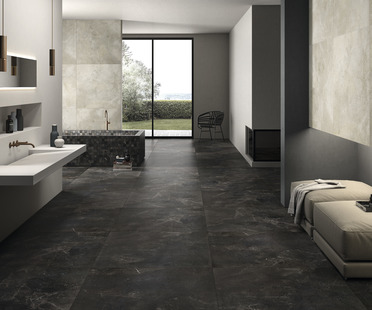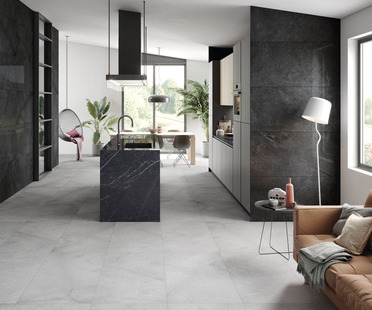08-09-2022
Celebration and catastrophe in the ceramics of Diego Cibelli
Antonella Galli, Design, Diego Cibelli,
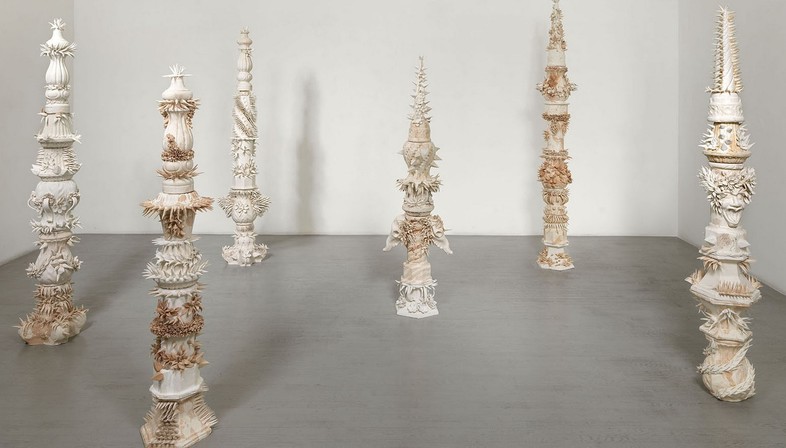
There is one crucial starting point and destination for Diego Cibelli, a 35-year-old artist and designer: his hometown, Naples, which represents so much more than just his birthplace. A state of mind and spirit, a sort of inner lining that has always been with him every step of the way throughout his education, first in industrial design in Naples, then in the Academy of Fine Arts in Berlin, where he delved deeper into the field of humanistic geography. “A fundamental field of research that inspires the objects I produce: it explores the sense of belonging to places and the reasons why an area becomes a fabric that allows for an open dialogue between man and landscape”. I meet Diego in his workshop in Naples - a tangle of evocative, light-filled spaces in which his hands, and the hands of his collaborators, give life to the creations they mould. As he tells me his story, he proudly shows me a phantasmagorical porcelain Arcimboldo being put together. “I spent more than ten years in Berlin, but the city was miles away from the way I think of things. I realised that there are influences that come not from the research we do, but from the place where we feel we belong. Naples has influenced me a great deal, both sentimentally speaking and in the way I perceive the things around me. The city has a wealth of layers and contrasts, but it also manages to exude beauty in even the ugliest of things. I seek to transpose that beauty into the things I create”.
Ceramic and porcelain are Diego’s materials of choice. The Neapolitan artist creates unique pieces based on the shapes of household objects: vases, cushions and containers, but also jars, teapots, animal figurines, festoons of flowers, fruits and vegetables. All these humble items become elements of a language played out on opposing registers: of remembrance and the everyday, courtly and prosaic, contemplative and functional. “I studied design in Naples because industry is scarce here and the object breaks free of the functional dimension. In Naples, people experience the object in a much more open dimension - it becomes a manifesto in itself. The ideas that spring to mind here are those of Andrea Branzi, who believes that objects can be used to convey conceptual and environmental values. Objects are archives that tell the story of man’s continuous dialogue with his environment”. This is perhaps explained most effectively by one of his most recent collections, eloquently entitled ‘Feed Me with Domestic Stuff’, comprising a selection of totems made up of aggregations of porcelain shapes from moulds from the Royal Factory of Capodimonte along with everyday objects - tubes of toothpaste, toothbrushes, jars of face cream, candles, make-up brushes, razors. The skilful composition of the totems transforms them into enigmatic presences, partway between animism and the ready-made, with all the sparkling wit and irreverence inherent in the Neapolitan spirit.
“Every single one of my works comes from studying archives. I could never envisage anything that didn’t come from these many and varied archives: prints, engravings, moulds, and everything that has a connection with the territory. Many people fear tradition, whereas I actually find it beautiful, because it permeates objects and relationships. Capodimonte porcelain, for example: it was an instrument of power wielded by Charles III of Bourbon when he arrived in Naples. That material was considered to be an incredibly important technical achievement and helped to garner the court international prestige. So too was ‘Antiquities of Herculaneum Exposed’, a collection of eight books of engravings which was also sent to other monarchs, with reproductions of the findings from the archaeological excavations undertaken by the king. They certainly gave Neoclassicism a decisive boost. Culture was an instrument of power and porcelain was the white gold of the Bourbons”.
The exploration of archives also underpins ‘Festa e Catastrofe’ (‘Celebration and Catastrophe’), a site-specific exhibition for the Galleria Alfonso Artiaco in Naples (until 10 September). For this, Cibelli drew his inspiration from the protocol of 18th-century festivals, which went on for days at a time, with staging designed by Neoclassical architect Antonio Niccolini, creator of the Teatro San Carlo. In the Artiaco gallery, room after room is lined with totems inspired by those created for fireworks, obelisks for medieval games, bas-reliefs, triumphs and profiles reminiscent of carriages. “But the materials are mixed,” explains Cibelli, “with porcelain and ceramic paired with elements made of iron and a wooden wheel, for example. The whiteness of the porcelain is emphasised by the black pigment of the volcano. Next to the obelisk, you can see cracks and exploded pieces”. Silent traces of the catastrophe can be spotted in every room of the exhibition, coexisting and intermingling with the signs of the celebration. They brush up against each other, occasionally overlap, as two sides of the same coin. Just as Naples teaches us.
Antonella Galli
Captions and credits
Images courtesy of Diego Cibelli
01 and 06 ‘Trionfo’ (‘Triumph’), Festa e Catastrofe (Celebration and Catastrophe) exhibition, Galleria Alfonso Artiaco, Naples, 2022. Credits Grafiluce
02 Festa e Catastrofe (Celebration and Catastrophe) exhibition, Galleria Alfonso Artiaco, Naples, 2022. Credits Grafiluce
03 and 2022 ‘Obelisco per giochi medievali’ (‘Obelisk for Medieval Games’), Festa e Catastrofe (Celebration and Catastrophe) exhibition, Galleria Alfonso Artiaco, Naples, 2022. Credits Grafiluce
04, 10, 11, Feed Me with Domestic Stuff collection. Credits Francesco Squeglia
05, 07-09 L’Arte del Danzare Assieme (The Art of Dancing Together) exhibition, curated by Angela Tecce and Sylvain Bellenger, Museo e Real Bosco di Capodimonte, 2021. Credits Grafiluce
12-15 Festa e Catastrofe (Celebration and Catastrophe) exhibition, Galleria Alfonso Artiaco, Naples, 2022. Credits Grafiluce










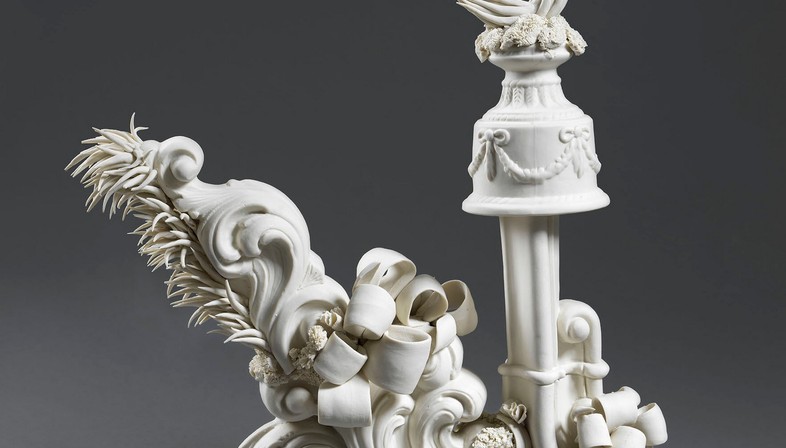
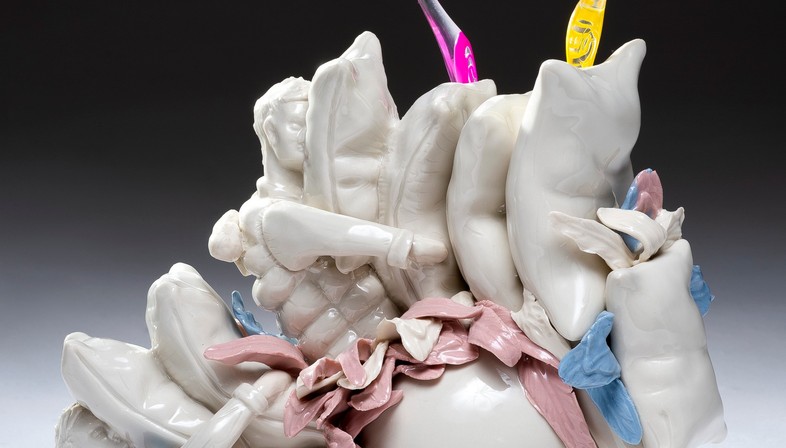
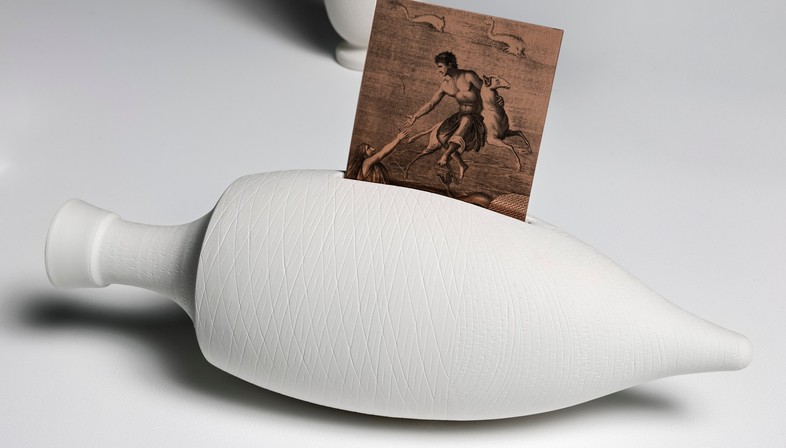
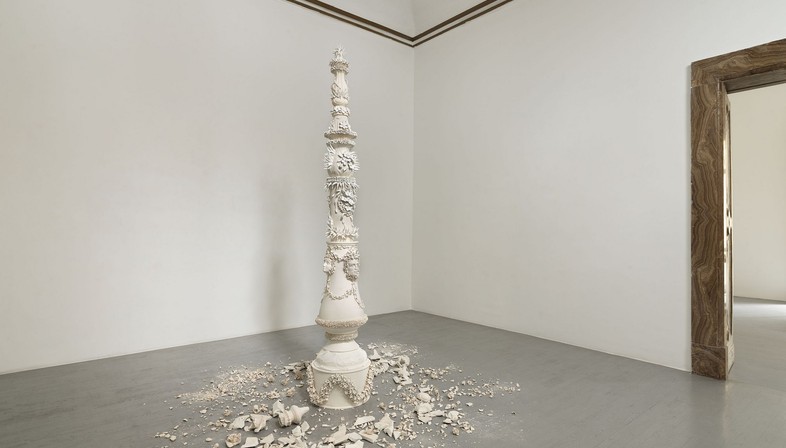
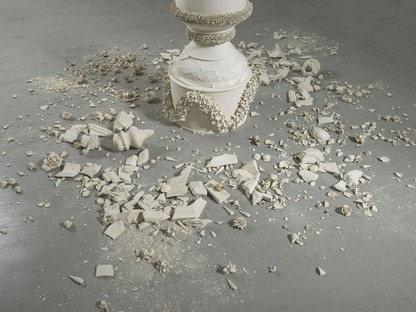
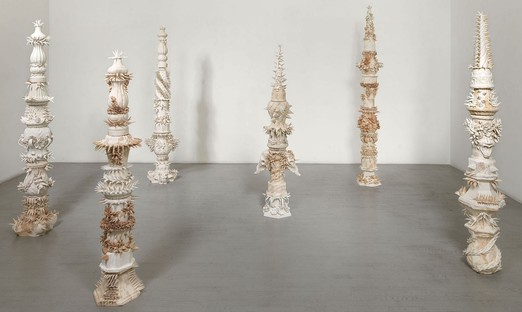
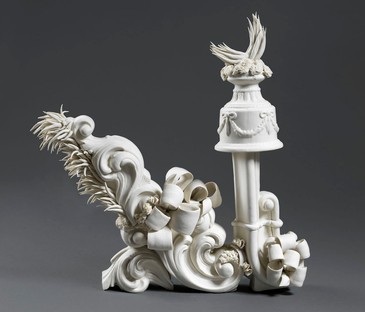
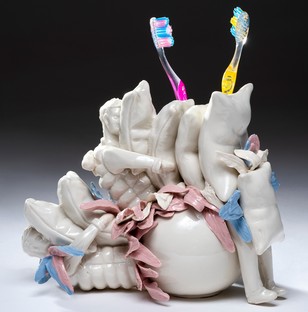
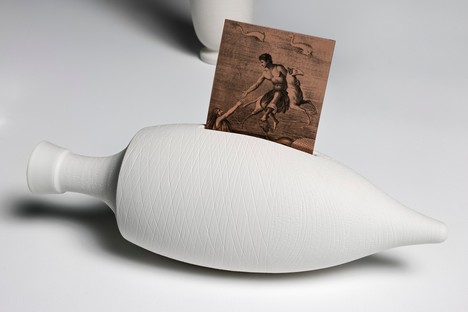
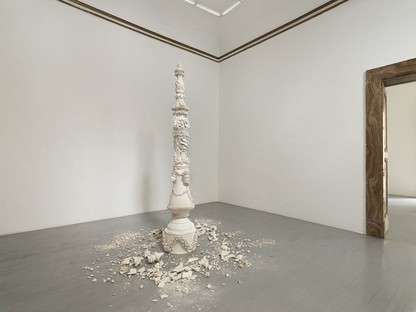
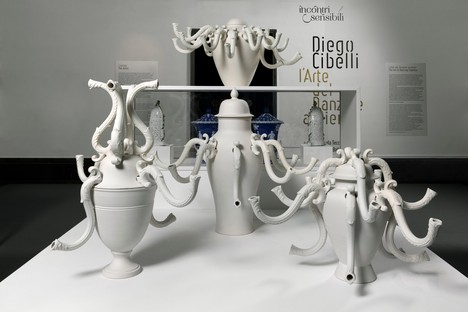
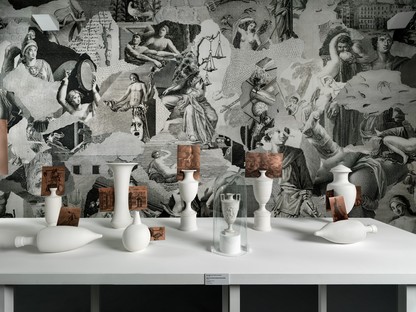
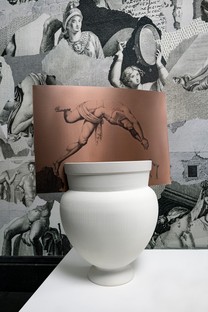
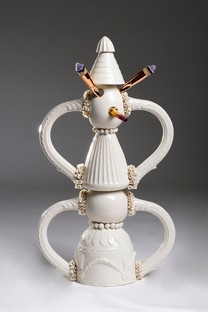
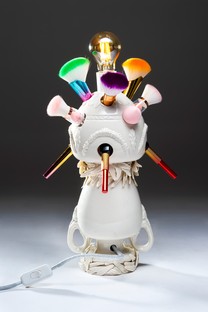
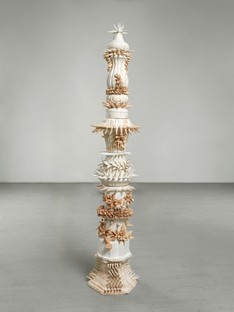
-jpg_thumb.jpg)
-jpg_thumb.jpg)
